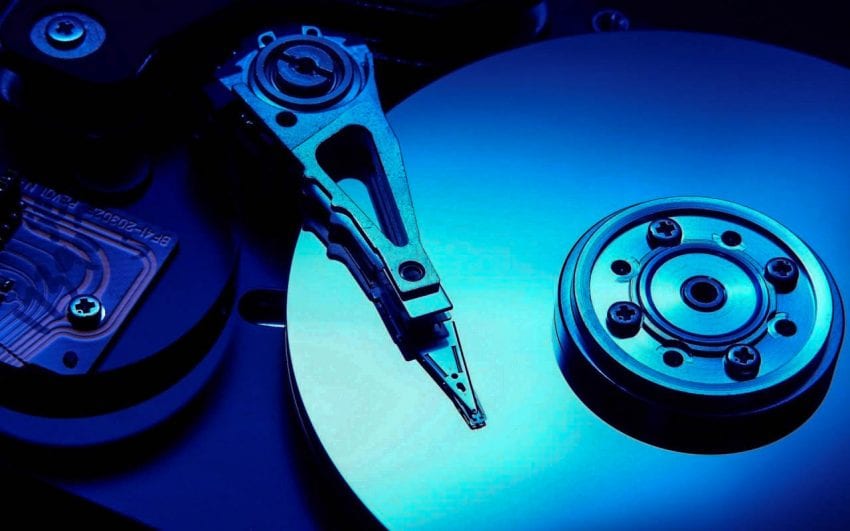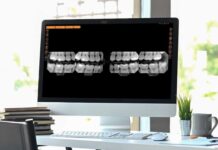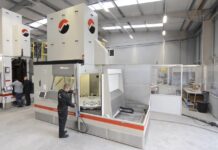When they begin to fail, hard drives usually start dropping some clues and hints before they are totally unreadable. However, sometimes, a system crash can happen suddenly and it right away hinders the machine unbootable. This can happen is the important system files get corrupted or if the drives’ boot records become damaged. If this happens to you, it can be quite frustrating since the files on your computer might be intact, but inaccessible because of the fact that your PC cannot be booted. In this article, you will be able to read about 3 solutions that might help you recover your important pictures, videos, or files from your computer. Let’s take a look at the three methods:
1. Remove the Hard Drive and Attach it to a Computer that Works
This is what most professional technicians would do given the resources, tools, and time. However, with the advancements of modern computer designs, especially laptops and netbooks, personal computers are slowly becoming more difficult for everyday users to fix. For instance, if you own a Macbook, you will need a specific type of screwdriver just to be able to remove the hard drive from the PC. Also, depending on the hard drive type you are trying to recover, you might need to buy additional adapters or/and enclosures so that you can attach it to a working PC. Hence, it might be easier for you to remove the hard drive and install it on another computer so that you can gain access to the data on it.

2. Use Data Recovery Software that has a Startup Version
According to the experts from www.salvagedata.com, you can install a startup version of a data recovery software onto a bootable device like a USB or a CD you can use it to start your PC if there are no hardware problems with your PC. This data recovery program can effectively bypass the OS on your computer. All the needed files for booting are contained within the bootable media, which means that even if the hard drive is damaged, you will be able to turn on your machine. The benefit of this program is that it allows you to have access to the drive without needing to remove it. However, you should keep in mind that some startup versions are limited in their data recovery capabilities since they tend to be stripped down versions that are designed to work in a recovery mode environment.
3. Perform a Network Data Recovery
If you choose to recover your data over the network, you will be getting the best of both worlds from the two previous methods. You will not need to remove the corrupted or damaged hard drive from the PC, you would instead boot it with a startup disk with an installed remote agent. This remote agent will then communicate with a different computer that was connected to a local area network. You can then run the full version of a data recovery program from the remote PC, even if the targeted one is non-bootable. So, you can gain various benefits from this method since you will not have to remove or install any hard drive, but you will also not be limited by the capabilities of the startup version.

Conclusion
By choosing one of these methods, you will be able to recover your data in no time. However, if you think you cannot do it by yourself, it is better to take your PC to an expert instead of trying to do it yourself and making it worse.









